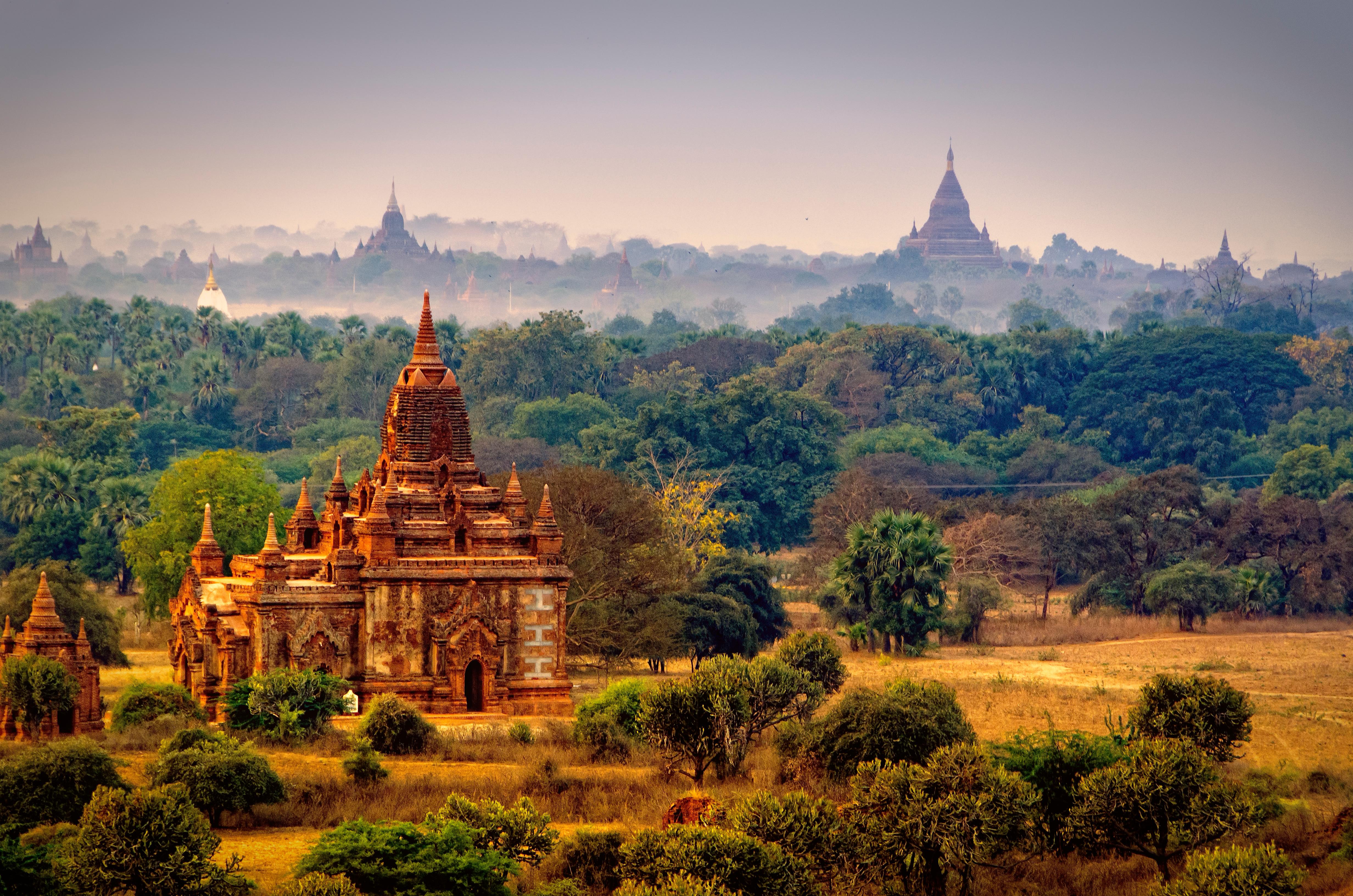The Fascinating Land of Myanmar
A Land Rich With History
Myanmar, also known as Burma, has a long and storied history spanning over 2500 years. The Bagan kingdom during the 11th to 13th centuries gave the country its oldest name, Myanmar. Since then, Myanmar’s territories and rulers have fluctuated under different dynasties like the Hanthawaddy and Konbaung. Portuguese traders introduced the name Birmania in the 16th century which was later adapted to Burma by the British. Myanmar gained independence from British rule in 1948 and the military government changed the official English name back to Myanmar in 1989.

Cultural Heritage: Buddhism and Beyond
Buddhism is deeply ingrained in Myanmar’s culture, with over 89% of the population following Theravada Buddhism. Visitors can see this influence throughout the country in ornate temples and monasteries housing sacred Buddhist scriptures and artifacts. Myanmar is also home to diverse ethnic and religious minorities like Muslims, Christians and animists. Minority groups contribute unique cultural traditions to Myanmar’s tapestry.
Natural Wonders of Myanmar
Myanmar boasts stunning natural scenery from the crystal blue waters of beaches to emerald-cloaked mountains and valleys. Inle Lake, located in Shan State, is one of the largest freshwater lakes in Southeast Asia with floating gardens grown on reed frames. Further north lies the rugged and imposing Himalayan mountains. The remote and lesser visited areas hold undiscovered treasures of flora and fauna found nowhere else on Earth.
The Dynamic Cities of Myanmar
Yangon served as Myanmar’s capital and largest city until the relocation of governmental offices to the new purpose-built city of Naypyidaw in 2006. Both cities feature dazzling architecture from the colonial era alongside modern skyscrapers. Mandalay, located in central Myanmar, sees the most tourists due to its royal palaces, monasteries and craft villages. Further afield, Mrauk U in Rakhine State contains the well-preserved ruins of the ancient Rakhine kingdom dating back to the 15th century.
Cuisine: A Melting Pot of Flavors
Myanmar’s cuisine draws influences from neighboring Southeast Asian countries as well as South Asia and China. Staple foods include rice, noodles, soups and curries. Must-try dishes are mohinga, the national breakfast consisting of fish broth and rice noodles, and nan bya, crisp flatbreads usually served with side dishes. Street food is popular and affordable options include samosas, fried tofu and grilled snacks. Regional cuisines also exhibit differences with sweeter desserts up north versus spicier curries down south.
Traditional Arts: Weaving, Woodcarving and Beyond
The warm and artistic people of Myanmar have strong craft traditions seen throughout the country. Intricately designed weaving, textiles and lacquerware serve both utilitarian and decorative purposes. Woodcarving is another specialty where master carvers handcraft Buddha statues, temple alters and household furniture with fine details. Other art forms include formal painting, puppetry, dance and music performed during seasonal festivals and important Buddhist days. Visitors have many opportunities to learn about Myanmar’s rich cultural heritage through its arts.
Myanmar Today: A Land of Opportunity
Over the past decade, Myanmar has made significant political and economic reforms towards democracy under civilian leadership. With the opening of the country and lifting of international sanctions, areas previously restricted like northwestern Chin State are now accessible to respectful travelers. Tourism brings much-needed income while cultural preservation remains ongoing. Myanmar’s best days yet lie ahead as this emerald of Asia embraces modern progress alongside protecting its unique cultural traditions for generations to come.
